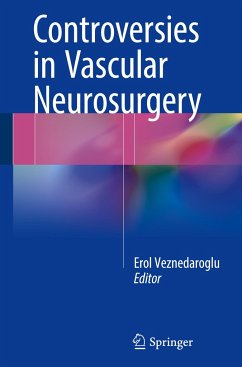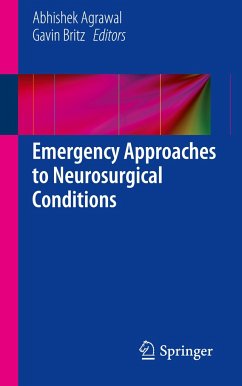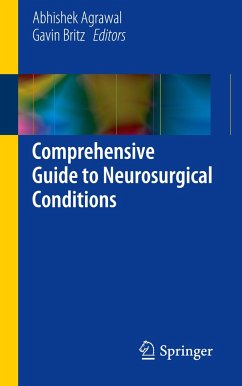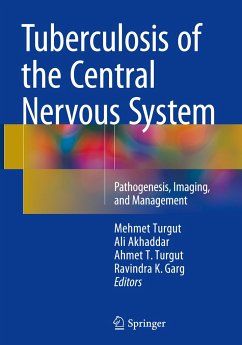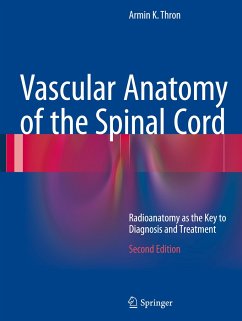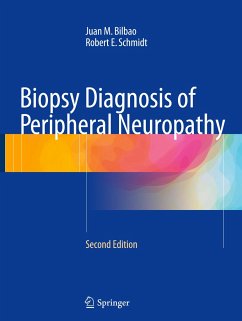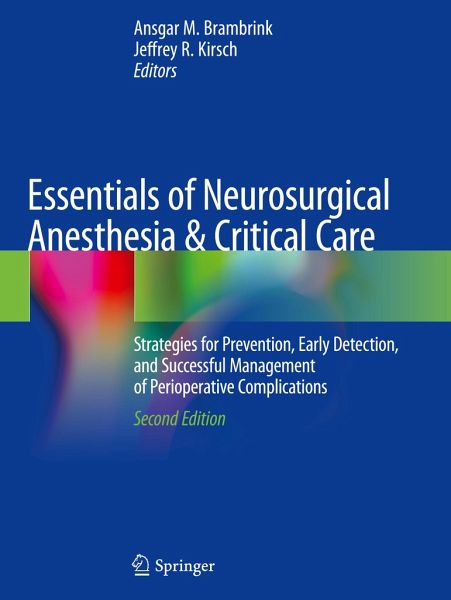
Essentials of Neurosurgical Anesthesia & Critical Care
Strategies for Prevention, Early Detection, and Successful Management of Perioperative Complications
Herausgegeben: Brambrink, Ansgar M.; Kirsch, Jeffrey R.

PAYBACK Punkte
43 °P sammeln!
This comprehensive, evidence-based book is intended to serve as a reference for medical practitioners involved in the perioperative care of neurosurgical patients. Fundamental aspects of neuroanesthesiology and neurocritical care are thoroughly examined across 101 chapters, outlining key elements that are crucial to a care provider's knowledge of the practice. These elements include specific diagnostic procedures and treatment options, concepts and applicable details of the available neurosurgical interventions and techniques, and mechanisms necessary to provide top of the line care for patien...
This comprehensive, evidence-based book is intended to serve as a reference for medical practitioners involved in the perioperative care of neurosurgical patients. Fundamental aspects of neuroanesthesiology and neurocritical care are thoroughly examined across 101 chapters, outlining key elements that are crucial to a care provider's knowledge of the practice. These elements include specific diagnostic procedures and treatment options, concepts and applicable details of the available neurosurgical interventions and techniques, and mechanisms necessary to provide top of the line care for patients. Each chapter features definitive and distinct areas of this multi-specialty discipline, and is designed to guide the reader from problem to solution in situations that can arise in the clinical setting.
Essentials of Neurosurgical Anesthesia & Critical Care, 2nd edition is a problem-oriented approach textbook that will aid a wide variety of readers in handling day-to-day issues and developments relevant to the perioperative care of neurosurgical patients.
Essentials of Neurosurgical Anesthesia & Critical Care, 2nd edition is a problem-oriented approach textbook that will aid a wide variety of readers in handling day-to-day issues and developments relevant to the perioperative care of neurosurgical patients.




